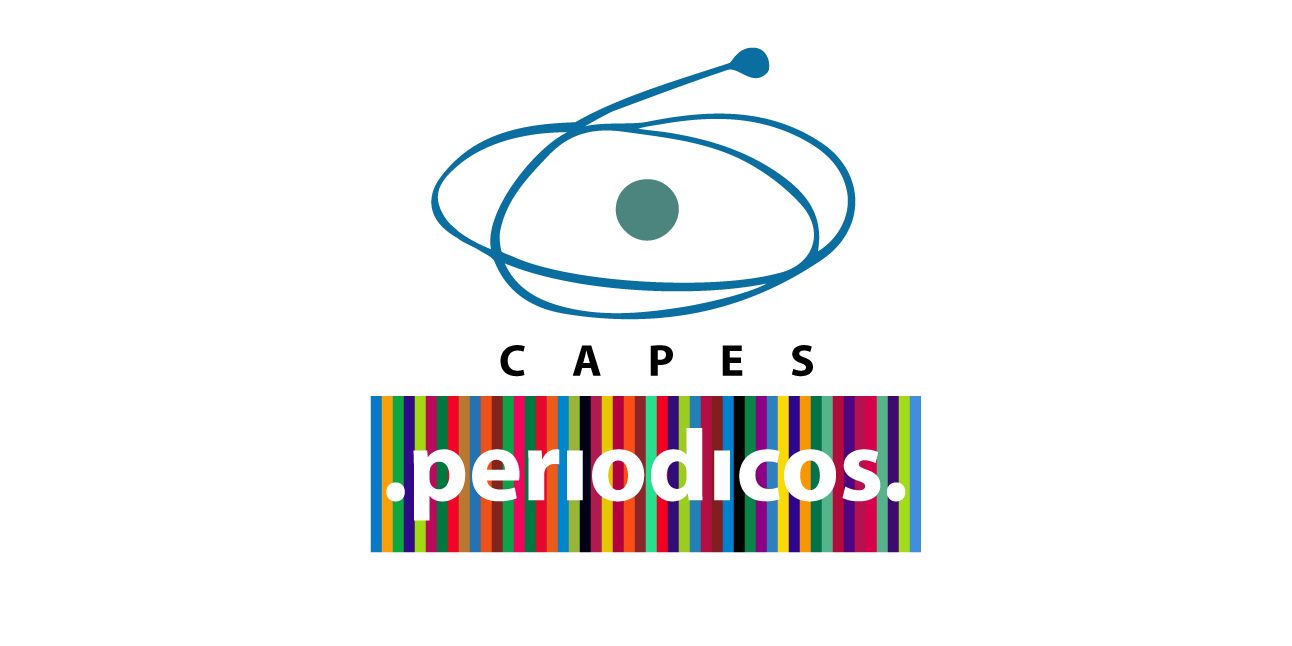Educação física escolar e corpo: propostas metodológicas e PCNs
Palabras clave:
escola, corpo, metodologiasResumen
A Educação Física Escolar é uma disciplina que necessariamente utiliza-se do corpo, e como conseqüência, do movimento. Assim, ela poderia contribuir de modo mais efetivo se vinculasse aos seus trabalhos elementos que munissem seus alunos de conhecimentos, por exemplo, sobre Saúde e Qualidade de Vida. A presente pesquisa, caracterizada como um estudo bibliográfico, tem como objetivo relacionar as propostas metodológicas das décadas de oitenta e noventa com as regulamentações dos Parâmetros Curriculares Nacionais (PCN), na busca de um referencial de democratização, humanização e diversificação da prática pedagógica, compreendendo as concepções de corpo expressas por eles. Os Parâmetros Curriculares Nacionais são uma proposta aberta em educação e trazem a abordagem do corpo como um sistema integrado, não havendo separação entre corpo e mente. No corpo se visualiza a imagem social do aluno, seus fatores econômicos, alimentares, raciais e também fisiológicos, de modo que se pode entender como o corpo sobrevive, como ele se mantém vivo, como respiramos e nos alimentamos. A área de Arte nos traz um conceito cultural de corpo, o qual permite concluir em qual cultura esse corpo está inserido. Para este estudo se utilizam as seguintes propostas metodológicas: a meetodologia aberta, de Reiner Hildebrandt, segundo a qual as aulas de Educação Física devem ser voltadas ao movimento, e não somente às técnicas, preocupando-se com o modo de trabalhar, acessar e tornar os conteúdos significativos para os alunos; a metodologia crítico-superadora, trazida pelo Coletivo de Autores e Valter Bracht, pela qual as aulas devem ser voltadas à cultura corporal encontrada nos esportes, nos jogos, na ginástica e na dança, na significação dos conteúdos coerente e útil para a realidade; a metodologia crítico-emancipatória, de Elenor Kunz, que procura levar o aluno a se constituir como um ser pensante, devendo as aulas ser voltadas ao movimento humano e suas transformações sociais; a metodologia sociológico-sistêmica de Mauro Betti, segundo a qual as aulas propõem a interação entre os alunos, pois a sociedade está constantemente se transformando e a escola deve acompanhar essa modificação; e por fim, a Ciência da Motricidade Humana, de Manuel Sérgio, em que o movimento deve conter uma intencionalidade. O que pode se encontrar nessas propostas metodológicas é a importância que se dá ao movimento humano e à cultura corporal, como também à mediação do professor para o desenvolvimento do conhecimento histórico produzido e do conhecimento vivenciado pelos alunos.Descargas
Publicado
2007-08-20
Cómo citar
Orvath, E. de F., & Mata, V. A. da. (2007). Educação física escolar e corpo: propostas metodológicas e PCNs. Iniciação Científica Cesumar, 9(1), 13–26. Recuperado a partir de https://periodicos.unicesumar.edu.br/index.php/iccesumar/article/view/474
Número
Sección
Artigos Originais
Licencia
A Revista se reserva o direito de efetuar, nos originais, alterações de ordem normativa, ortográfica e gramatical, com o intuito de manter o padrão culto da língua, respeitando, porém, o estilo dos autores. As opiniões emitidas pelos autores são de sua exclusiva responsabilidade.Juntamente com o e-mail de aceite (para casos de aprovação) será encaminhado modelo da Carta de Direitos Autorais que deverá conter o nome completo dos autores, bem como dados de documentos pessoais e assinada por todos os autores e coautores envolvidos no trabalho.






